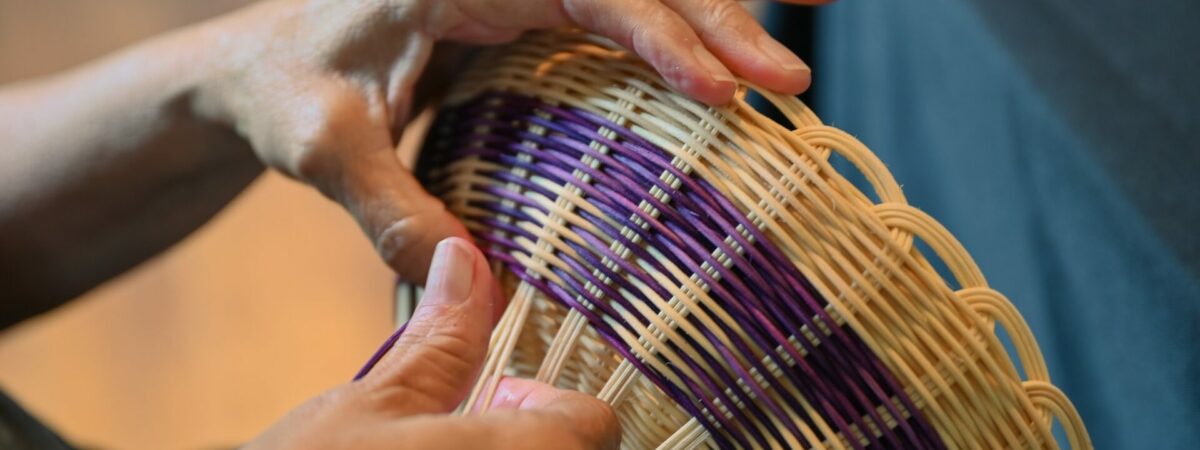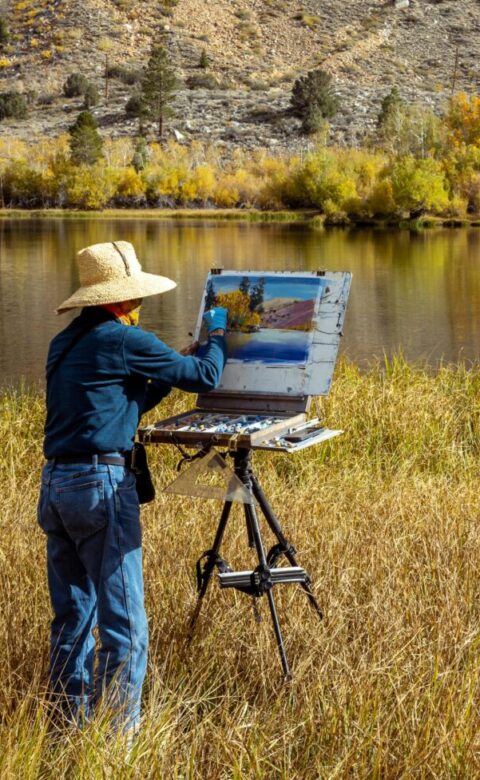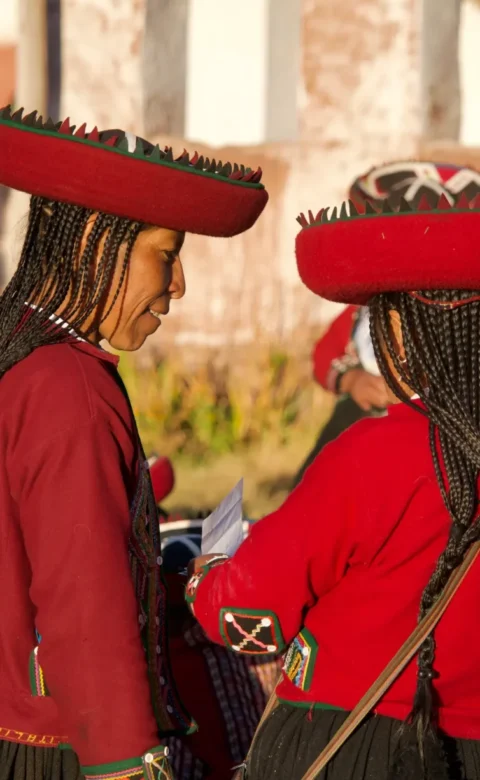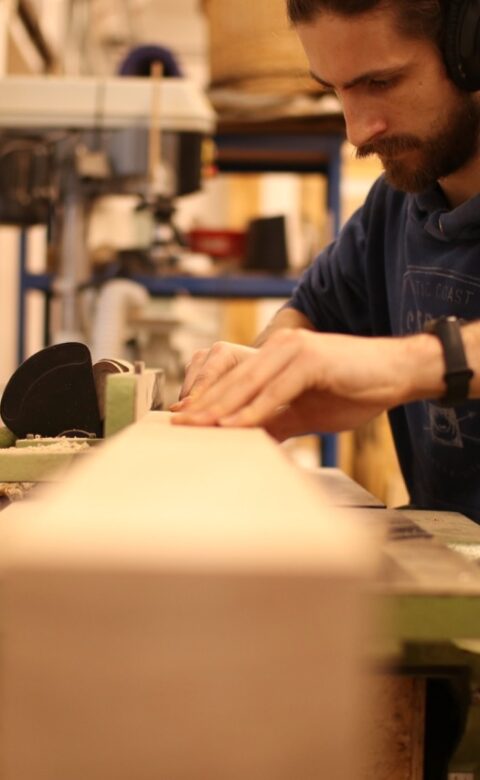In the heart of the Cherokee Nation in northeast Oklahoma, the Native American tribe gives a special distinction to some of its members known as Cherokee National Treasures. This special recognition honours people who have made significant contributions to the preservation of the tribe’s art, language, and culture. It’s not only a celebration of the craftspeople, but a testament to the enduring spirit of the Cherokees and a way of keeping their rich culture and traditions alive for generations to come.
The weaver grasps the slender, flexible willow branches, carefully selecting the sturdiest branches as the foundation that will form the base of the basket. As she bends the chosen branches into a circular shape, she carefully intertwines them to create a sturdy foundation. Using willow branches, she creates the backbone of the basket that rises upward from the base, weaving them over and under the others creating a pattern and main structure.
Slowly, the basket begins to take shape, growing taller, with the rhythm of the weaving almost becoming meditative. The intricate dance of weaving turns into a symmetrical functional work of art, turning a handful of willow branches into a beautifully woven basket, each movement a demonstration of patience and craftsmanship.
One of the treasured artists in the Cherokee National Treasures program is Anna Sixkiller. She is celebrated for her exquisite baskets, a craft deeply intertwined with the tribe’s history. Cherokee basketry is not merely an art form, it is also a vessel of cultural preservation.
Each piece she creates tells a story, with intricate designs reflecting the tribe’s connection to nature and the importance of harmony with the world around them. Sixkiller’s artistry and baskets are a conduit through which Cherokee culture is passed down to future generations but also a way of remembering the elders before her, weaving the baskets in the same methods that her ancestors did.
She first learned to make baskets by watching her grandmother and other relatives. “It was really my grandmother’s sister. We used to go visit her a lot and then she was making baskets by the creek when I watched her and she told me how to start, how to do this, and what to go look for, how to boil [the natural materials], and strip them,” says Sixkiller. “That’s where I got started.”
The Cherokees are known for their own unique style of baskets, especially their double-weave or double-walled baskets, where two baskets are made with one inside the other, woven together. There are many steps that must be completed before weaving can begin; the first is gathering natural materials to create the basket.
Sixkiller prefers to use honeysuckle vine, bug brush, and natural materials to make dye like bloodroot, which is only available in the springtime. After gathering the materials, the vine is usually cut, trimmed, stripped, and then dyed.
Each tribe has their own way of making baskets, with designs that are unique to their Nation, and materials that are native to their lands. Their purpose was more than just decorative, they were for storing and carrying items, for holding foodstuffs, and also used during special ceremonial purposes.
In recent years, basket weaving has experienced a revival, it’s a source of cultural pride, with many communities holding classes so the techniques and designs can be passed down to others. These are more than just functional objects, they are a symbol of resilience and a living legacy of the Cherokee people’s ability to adapt and preserve.
National Treasures, like Sixkiller, are helping keep this custom alive, these contemporary basketweaves are helping to save an important link to their heritage. Their work preserves the past and also is a bridge to the future, allowing the culture and traditions to flourish for years to come.
Sixkiller was named as a National Treasure in 1996. “My responsibility as a Master Craftsperson, as well as National Treasure is to pass on the basketry to whomever wants to learn. I’ve taught many and will continue teaching,” says Sixkiller. “I love making baskets, because you can say you have made something.”
The Cherokee Nation Anna Mitchell Cultural & Welcome Center offers a gallery, a café that serves Native-inspired cuisine, and an exhibit space for cultural classes and events. Visitors can participate in language and history classes, art demonstrations, interactive hands-on art classes, and other workshops.
To learn a craft from National Treasures, like basket weaving or pottery making, upcoming classes are listed online in events and exhibits. These sessions provide an invaluable opportunity to learn a traditional artform from a master craftsperson, as specialist skills and cherished traditions are shared and the depth of knowledge gained over a lifetime can be fully appreciated.







